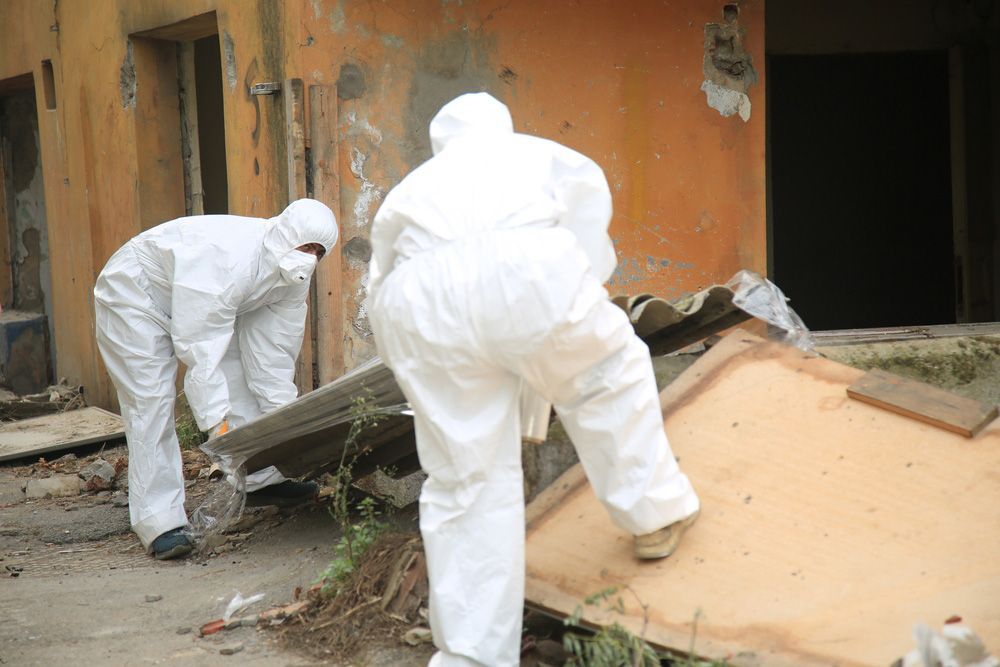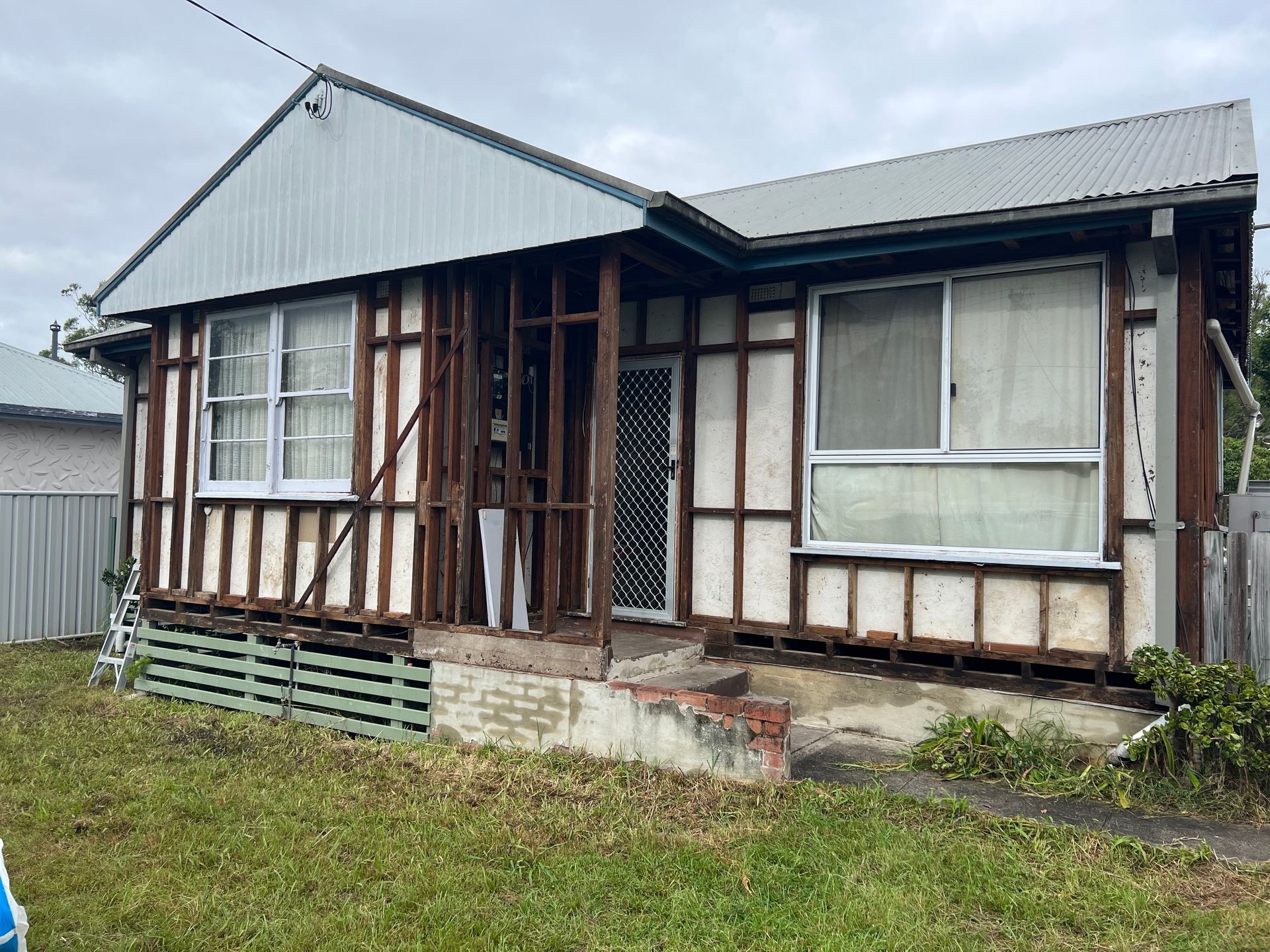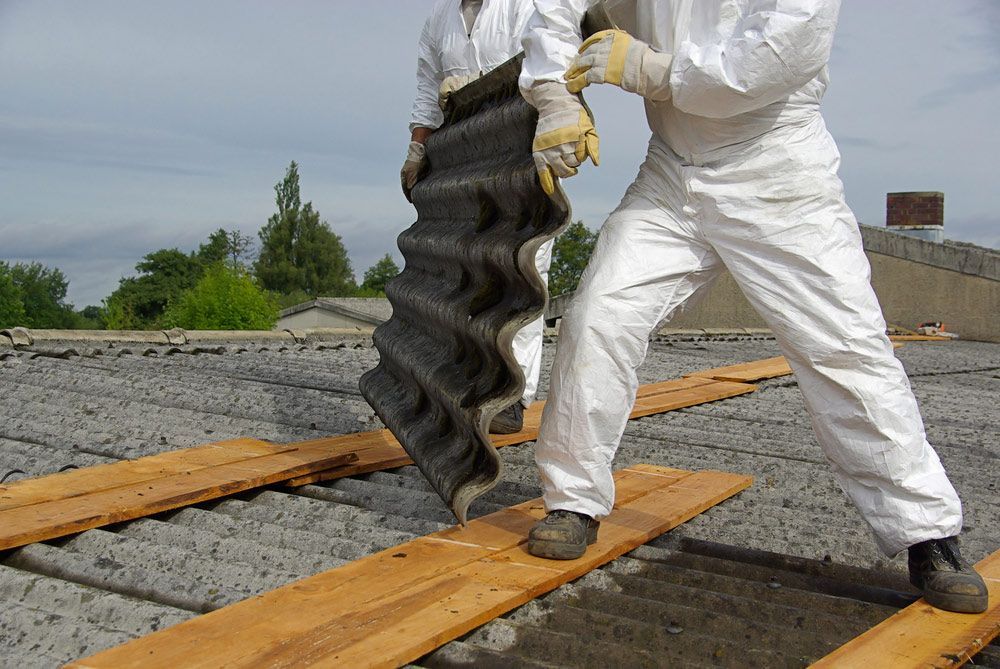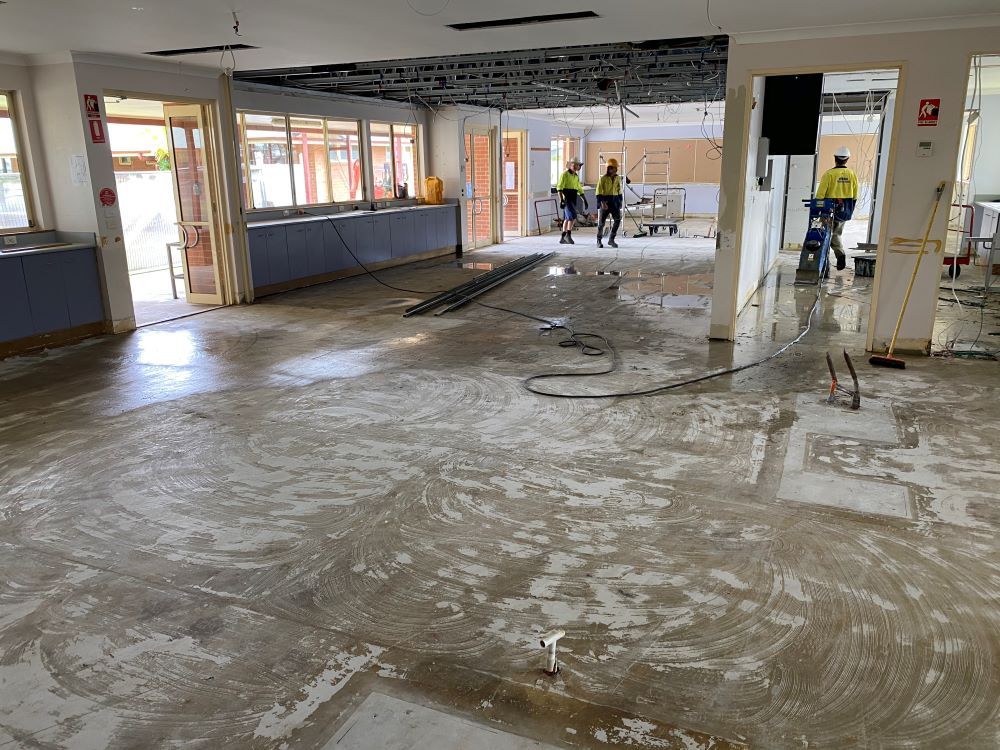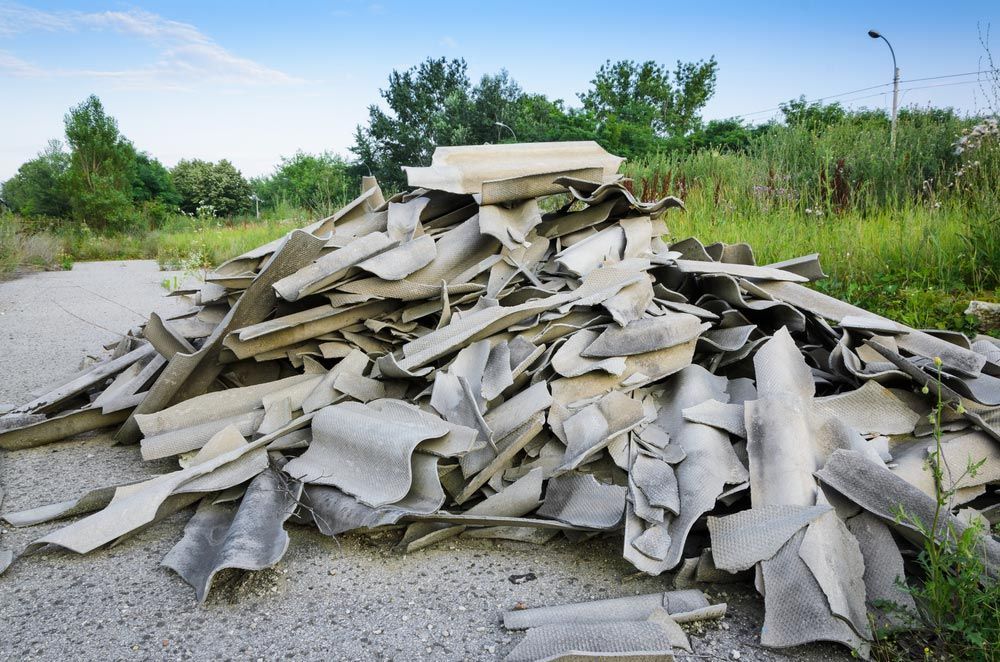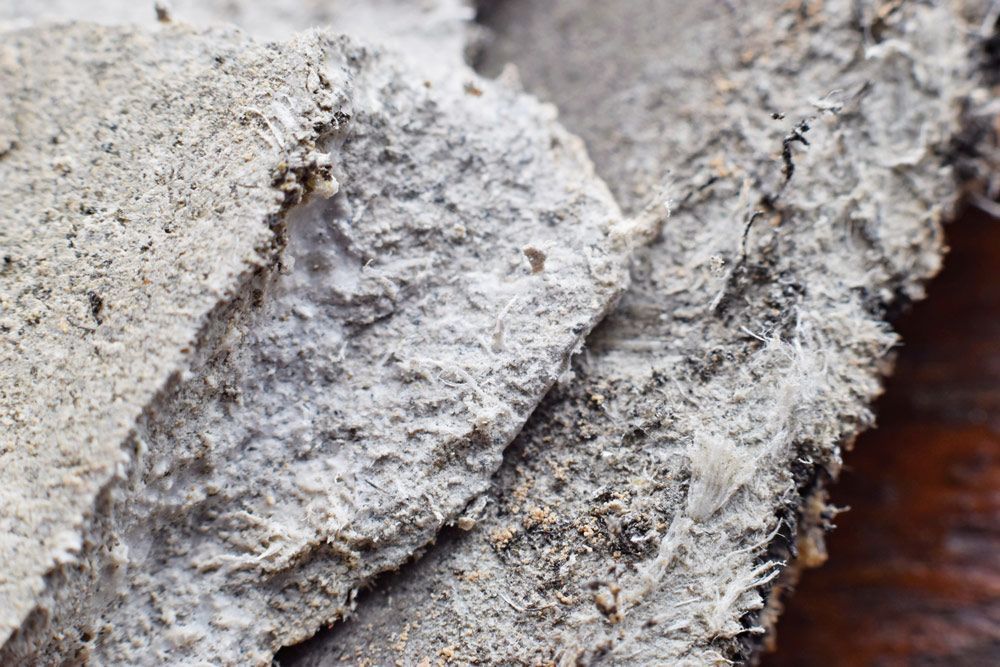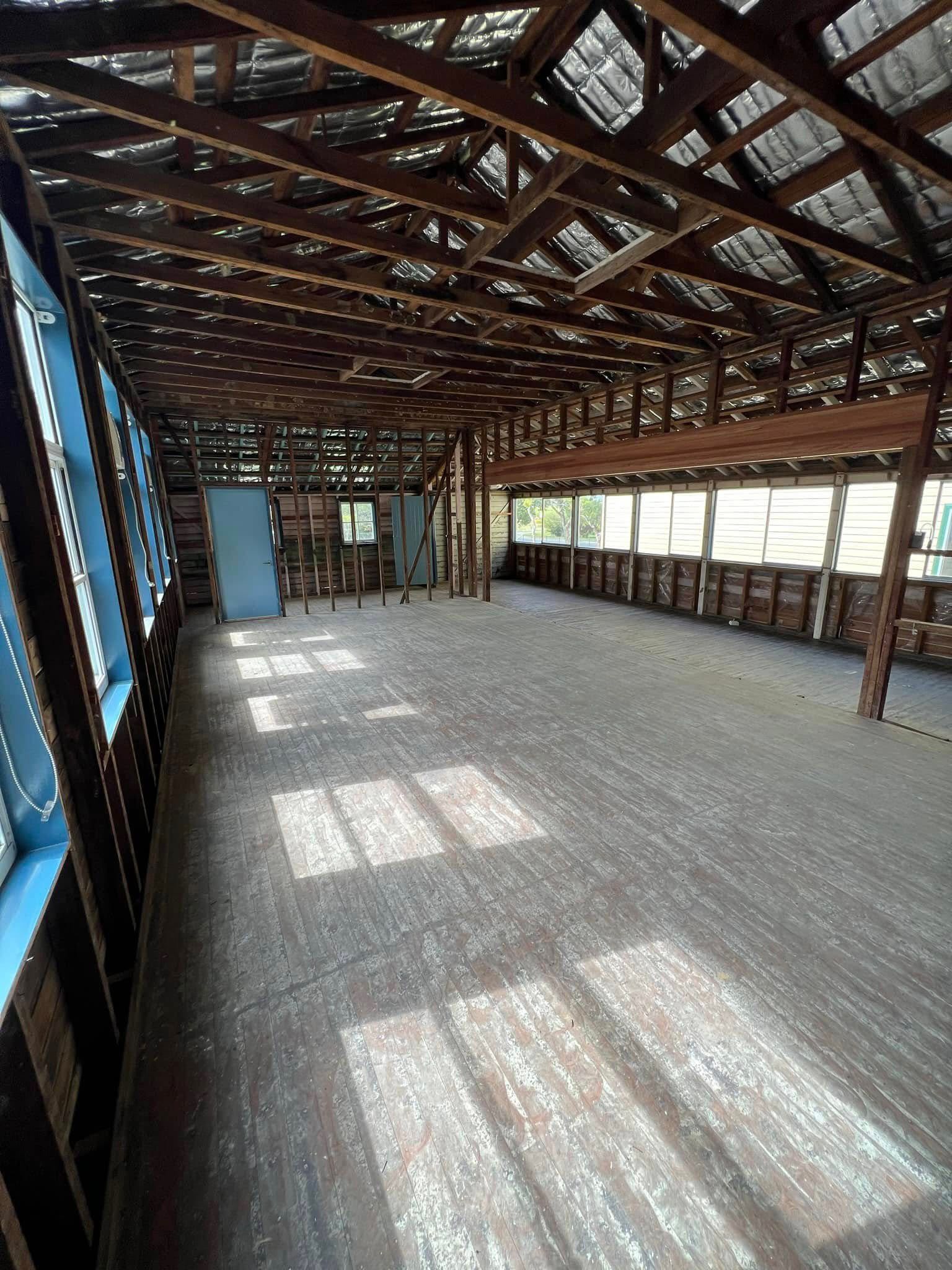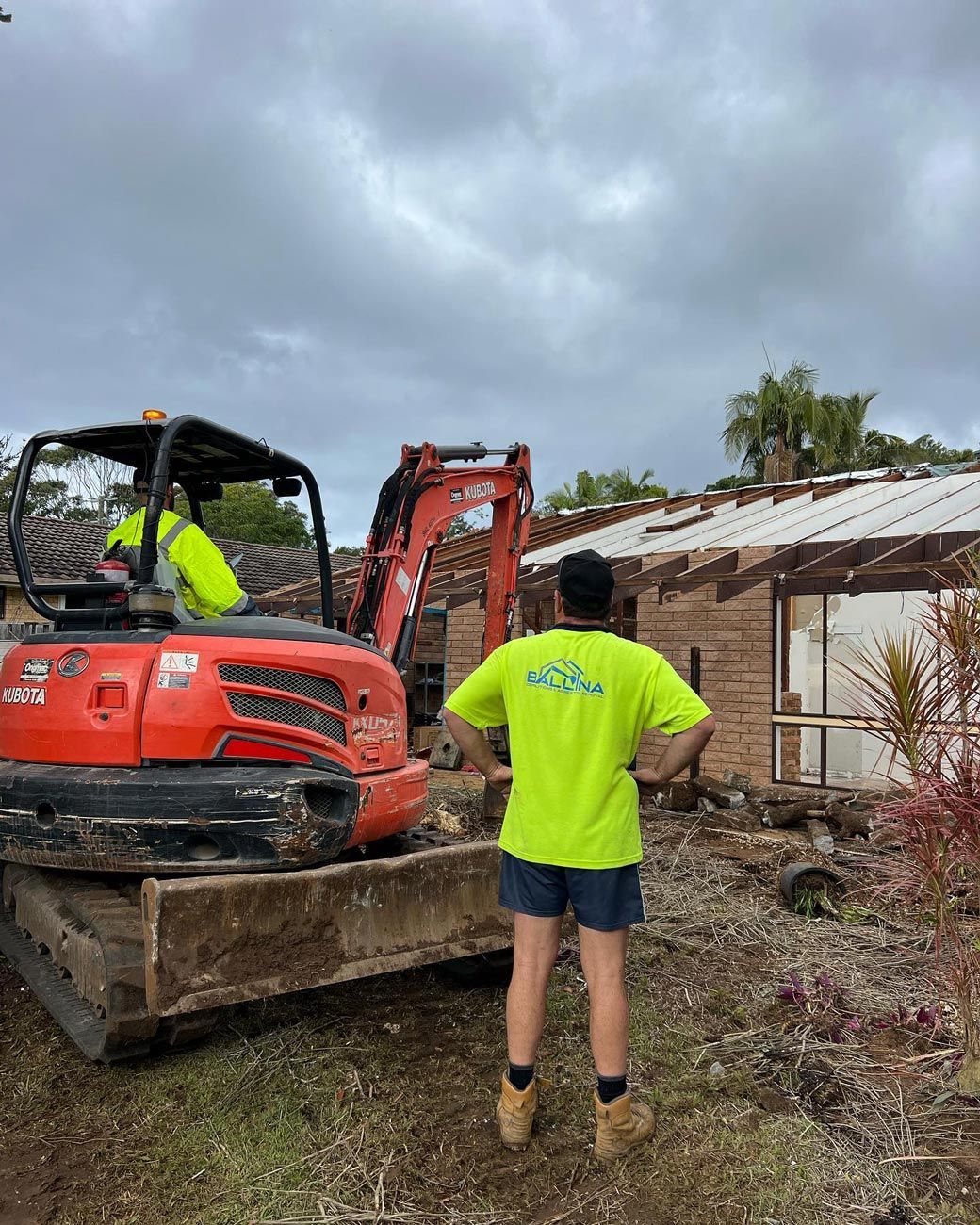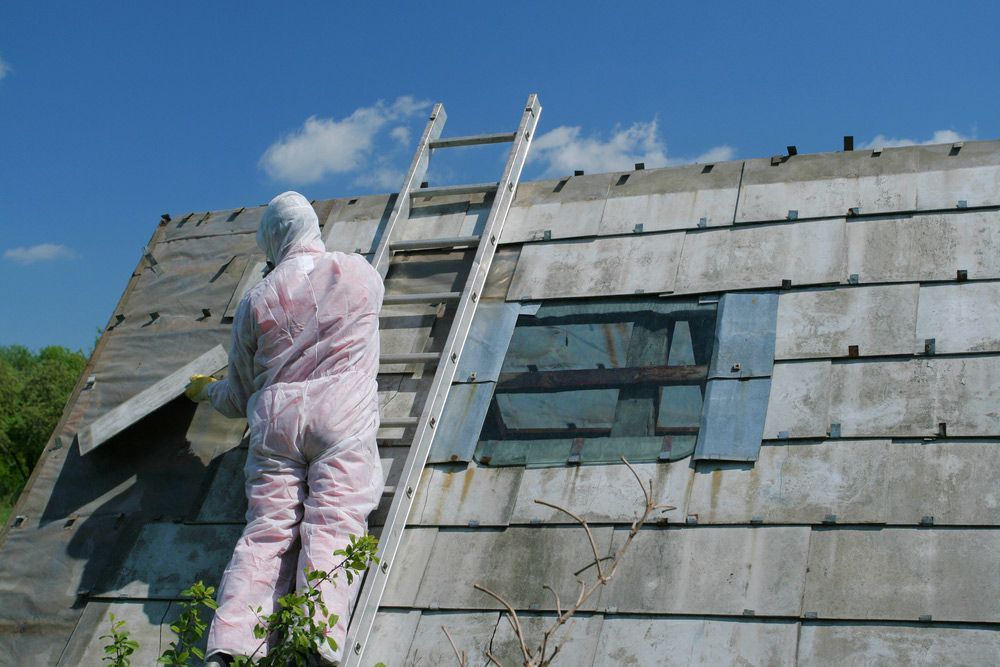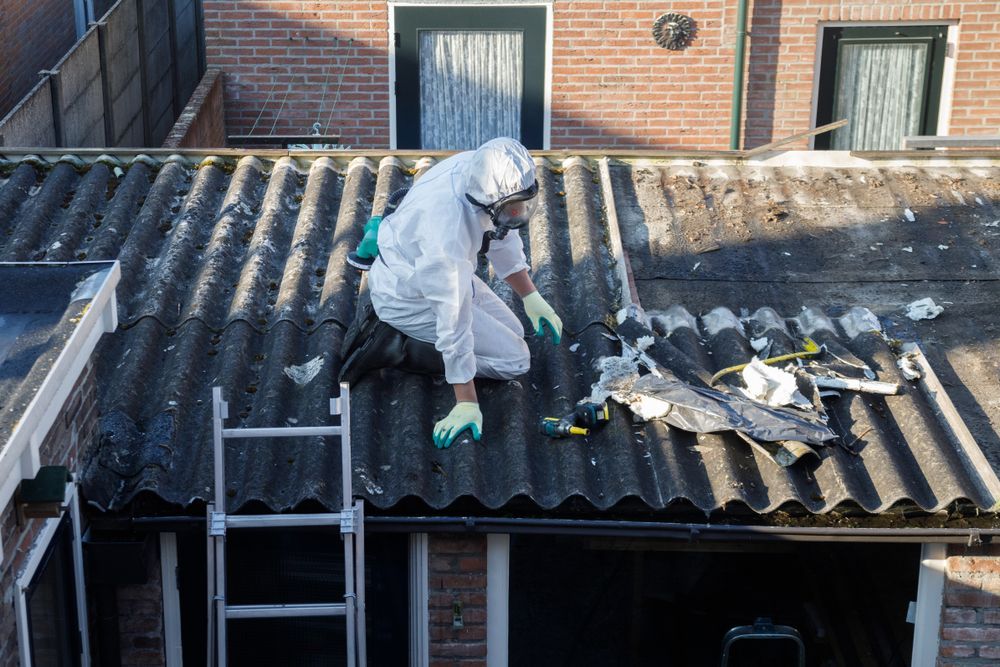Why Safety Standards Matter In Demolition Projects
Demolition work is one of the most complex and high-risk areas within the construction industry. While the result may look like a simple knockdown, the reality is far more intricate. Every project involves structures of varying ages, materials, and conditions, each carrying unique challenges. Without strict safety protocols, demolition could lead to significant risks for workers, nearby residents, and the environment. Safety standards are the backbone of every responsible project, providing a framework that ensures precision, compliance, and protection at all times.
In this article, we’ll explore why safety standards matter so much in demolition projects and discuss how they protect people, property, and the broader community.
Table of Contents:
- Preventing On-Site Accidents Through Risk Assessments
- Managing Hazardous Materials Safely
- Protecting Surrounding Properties & Infrastructure
- Minimising Environmental Impact
- Ensuring Compliance with Regulations
- The Role of Skilled Operators & Modern Equipment
- Reducing Risks for Nearby Residents & Businesses
- Building Trust Through Professional Standards
- Plan Your Demolition in Tweed Heads with Confidence
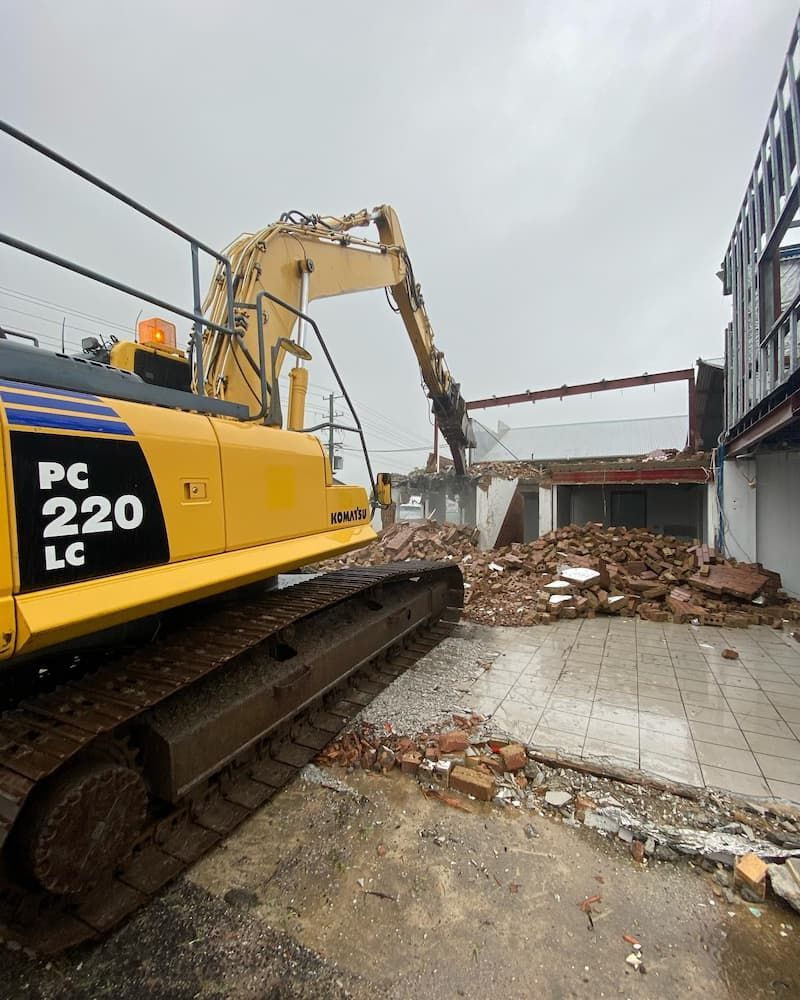
Preventing On-Site Accidents Through Risk Assessments
Safety starts with detailed risk assessments before a demolition project begins. These assessments identify potential hazards that might compromise the safety of workers or the surrounding area. Without this step, even minor oversights can escalate into serious accidents.
Risk assessments ensure that:
- The structural integrity of the building is thoroughly examined.
- Weak points and collapse zones are mapped out in advance.
- Work sequences are designed to reduce the chance of unexpected failure.
- Protective gear requirements are set based on identified risks.
By planning carefully, demolition teams reduce the likelihood of accidents and ensure every stage of the project is conducted in a controlled manner.
Managing Hazardous Materials Safely
Many older structures contain materials that can be harmful if disturbed. Asbestos, lead paint, and mould are just a few examples of hazardous elements commonly found during demolition. Handling these substances requires knowledge and compliance with strict environmental and health codes.
Safe management practices include:
- Identifying hazardous materials through pre-demolition surveys.
- Using licensed removal specialists trained in containment procedures.
- Sealing and safely disposing of hazardous waste through approved facilities.
- Protecting workers and nearby residents from contamination with barriers and air-quality controls.
Following these procedures, demolition projects prevent harmful substances from spreading into the environment or posing health risks to anyone on or near the site.
Protecting Surrounding Properties & Infrastructure
Demolition rarely happens in isolation. More often than not, it occurs in areas surrounded by other homes, businesses, and essential infrastructure. Without strict safety standards, these nearby assets could suffer significant damage.
Protective measures are put in place to safeguard the surrounding areas:
- Neighbouring buildings are inspected to assess potential vulnerabilities.
- Dust and debris are controlled with water suppression techniques.
- Scaffolding, screens, or temporary bracing structures are installed.
- Vibration monitoring is used to minimise impacts on nearby utilities or roads.
These precautions ensure that demolition activity remains within its boundaries, protecting people and property beyond the immediate work zone.
Minimising Environmental Impact
Safety standards also extend to protecting the environment. Demolition can generate large volumes of dust, waste, and noise, all needing careful management. Responsible contractors work to minimise disruption while promoting recycling and reuse of materials wherever possible.
Environmental safety practices include:
- Dust suppression systems to maintain air quality.
- Waste segregation to recycle concrete, metal, and timber.
- Sound management measures to reduce noise disruption.
- Careful disposal of non-recyclable materials through approved channels.
These steps reduce the project’s footprint, helping balance the need for redevelopment with environmental responsibility.
Ensuring Compliance with Regulations
Demolition is heavily regulated, and for good reason. Strict rules govern how projects are planned, executed, and cleaned up. Compliance prevents accidents and protects contractors and clients from legal consequences.
Key compliance measures include:
- Securing permits before beginning work.
- Following workplace health and safety laws at all times.
- Keeping up-to-date records of inspections, procedures, and disposal methods.
- Allowing regular audits and site checks during the project.
Failure to comply can lead to costly delays, fines, or even project shutdowns. By staying within the legal framework, demolition projects run smoothly and safely.
The Role of Skilled Operators & Modern Equipment
Safety in demolition depends as much on the people as it does on the process. Skilled operators with the right training can handle complex challenges more effectively, reducing risks and improving efficiency. Modern machinery is also vital in ensuring precision and control during demolition.
Contributors to safer operations include:
- Excavators, high-reach arms, and hydraulic tools designed for controlled demolition.
- Regular equipment checks to prevent malfunctions.
- Operators trained in hazard recognition and emergency response.
- Remote-controlled machinery in high-risk areas to protect workers.
With the right combination of trained professionals and modern equipment, demolition becomes safer, faster, and more efficient.
Reducing Risks for Nearby Residents & Businesses
Demolition projects don’t only affect workers on-site; they also impact those living or working nearby. Noise, dust, and vibrations can all disrupt daily life and create safety concerns. Following safety standards ensures that communities remain protected.
Measures that reduce public risk include:
- Erecting secure fencing around the site to restrict access.
- Posting clear signage warning of restricted zones.
- Communicating with neighbours before and during the project.
- Monitoring dust and air quality to protect public health.
These steps build trust with the community and demonstrate that the project is being managed responsibly.
Building Trust Through Professional Standards
For property owners, choosing a contractor who follows strict safety standards is not just a matter of compliance—it’s also about confidence. A professional approach reduces the risks of delays, accidents, and disputes while showing a genuine commitment to protecting everyone involved.
Professional standards build trust by:
- Reassuring clients that risks are identified and managed.
- Demonstrating accountability through proper documentation.
- Reducing the chances of costly mistakes or unsafe practices.
- Providing peace of mind that the project will be completed responsibly.
This trust is invaluable, particularly in projects where multiple stakeholders are involved.
Plan Your Demolition in Tweed Heads with Confidence
At Ballina Demolitions, safety is the foundation of everything we do. Our demolition services in Tweed Heads are carried out with strict compliance to protect workers, nearby residents, and the environment. Every project is approached with careful planning, modern equipment, and a commitment to responsible practices from start to finish.
If you’re planning a demolition project, get in touch via our contact page or give us a call to discuss your needs and book a consultation. With a focus on safety in demolition, we’re here to deliver results you can rely on.

